All Stories
-
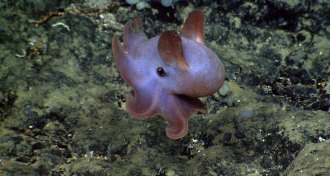 Oceans
OceansAtlantic monument is home to unique and varied creatures
A region of ocean off the coast of Cape Cod has become the first U.S. marine national monument in the Atlantic Ocean.
-
 Neuroscience
NeuroscienceNerve cell migration after birth may explain infant brain’s flexibility
A large group of neurons migrates into babies’ frontal lobes after birth.
-
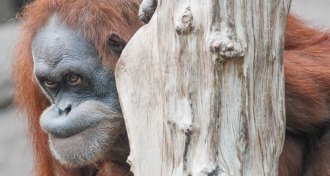 Psychology
PsychologyChimps, other apes take mind reading to humanlike level
In a first, apes show that they understand when others hold false beliefs.
By Bruce Bower -
 Earth
EarthSeismologists surprised by deep California quakes
Small earthquakes detected along the Newport-Inglewood Fault originate from deeper underground than once thought possible.
-
 Plants
PlantsFlower lures pollinators with smell of honeybee fear
When it comes to attracting pollinators, one flower species catches more flies with honeybees.
-
 Chemistry
ChemistryMolecules for making nanomachines snare chemistry Nobel
Nanochemists win Nobel prize for devising molecular machines
By Tina Hesman Saey and Thomas Sumner -
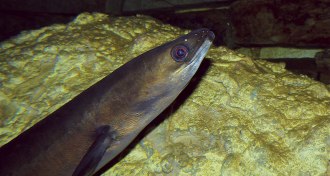 Animals
AnimalsEels may not take most direct route in epic ocean-crossing spawning runs
European eels’ epic ocean migrations to spawn may include more peculiar routes and timing than thought.
By Susan Milius -
 Science & Society
Science & SocietySometimes failure is the springboard to success
Editor in chief Eva Emerson discusses scientific discoveries that resulted from failures large and small.
By Eva Emerson -
 Physics
PhysicsA metallic odyssey, what’s causing sunspots and more reader feedback
Metallic hydrogen, sunspot formation, salty desalination leftovers and more in reader feedback.
-
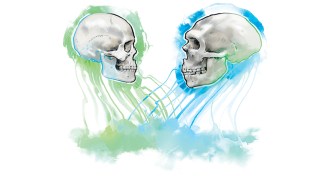 Humans
HumansAnimal hybrids may hold clues to Neandertal-human interbreeding
The physical effects of interbreeding among animals may offer clues to Neandertals’ genetic mark on humans.
By Bruce Bower -
 Tech
TechCT scans show first X-rayed mummy in new light
An ancient Egyptian child became the first mummy to be X-rayed in 1896. Today, CT scans reveal new insights into the child’s life — and death.
-
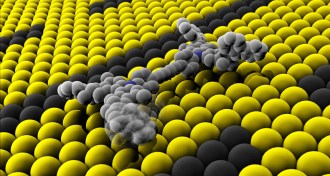 Chemistry
ChemistryMinuscule machines earn trio 2016 chemistry Nobel
The creators of mini machines including chains, axles and motors have earned the 2016 Nobel Prize in chemistry.